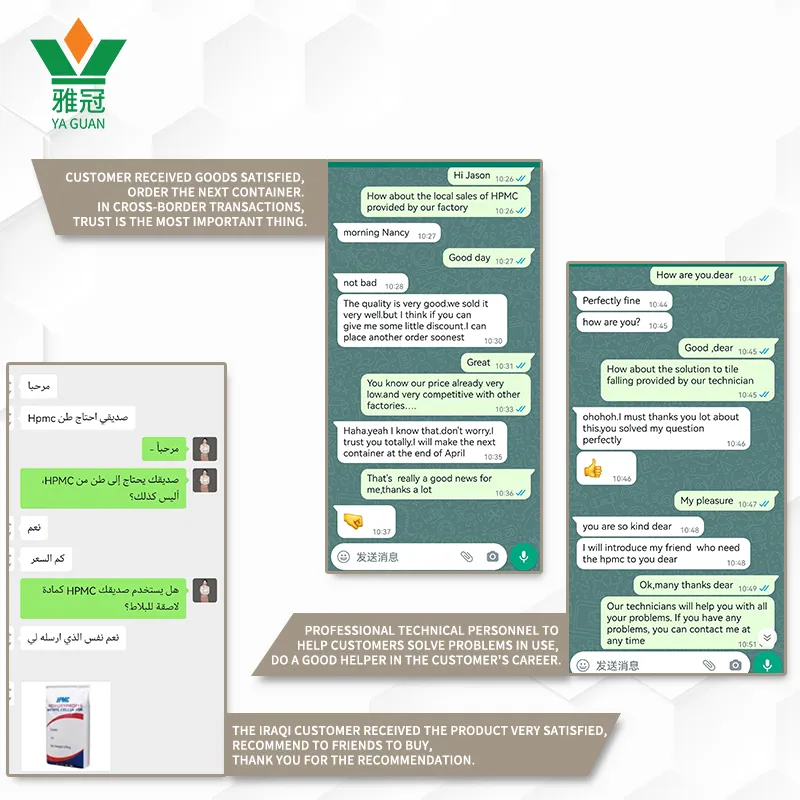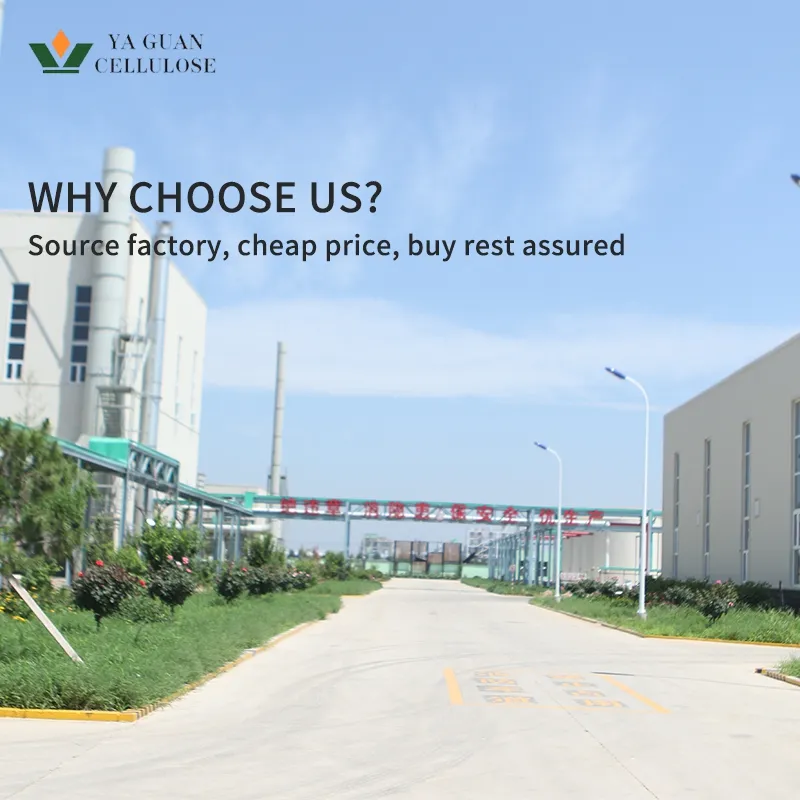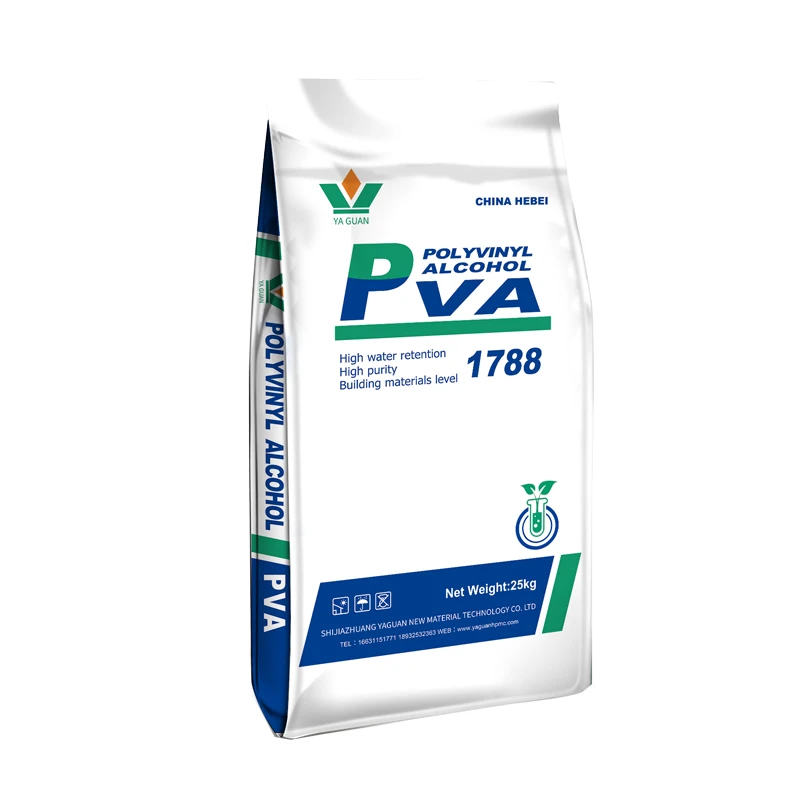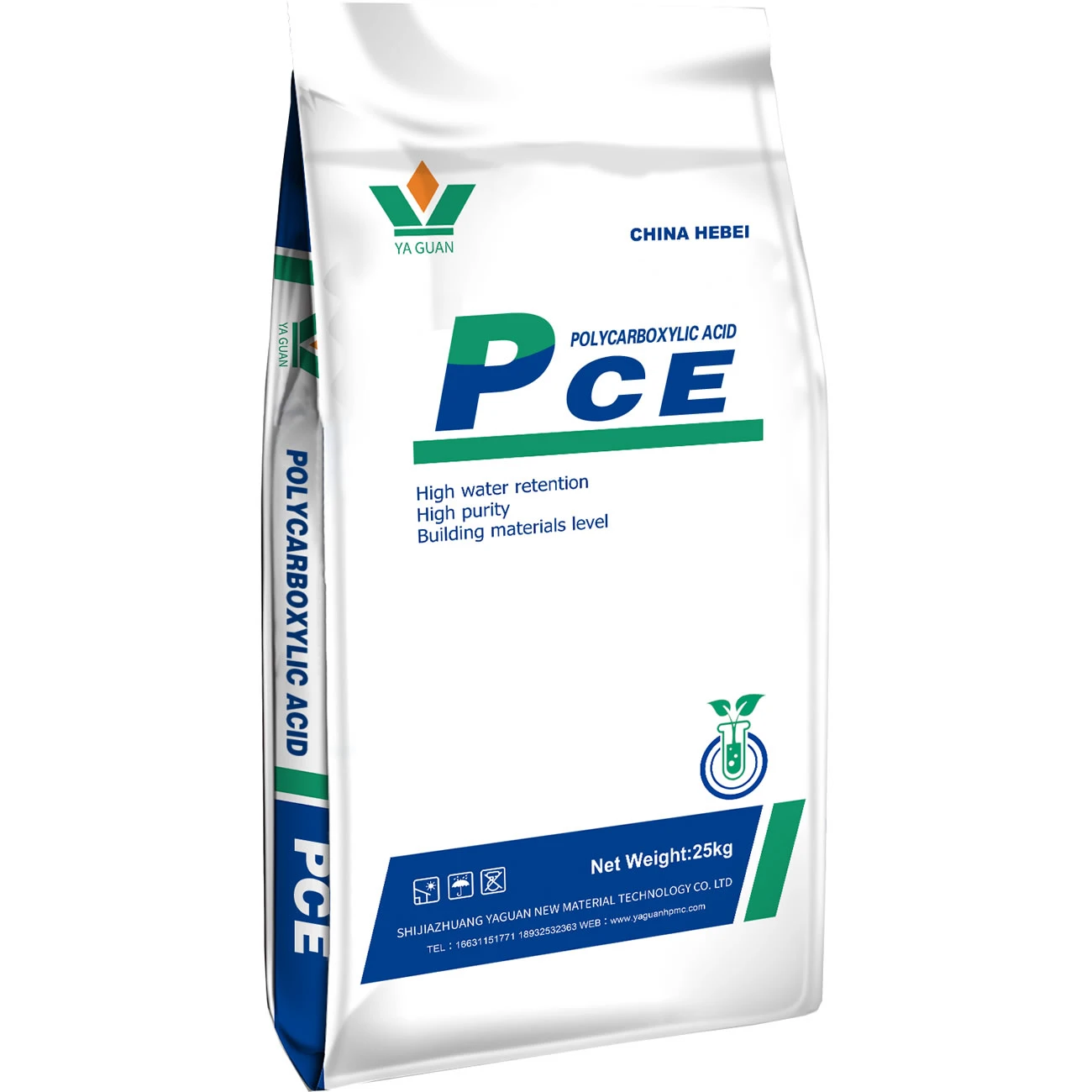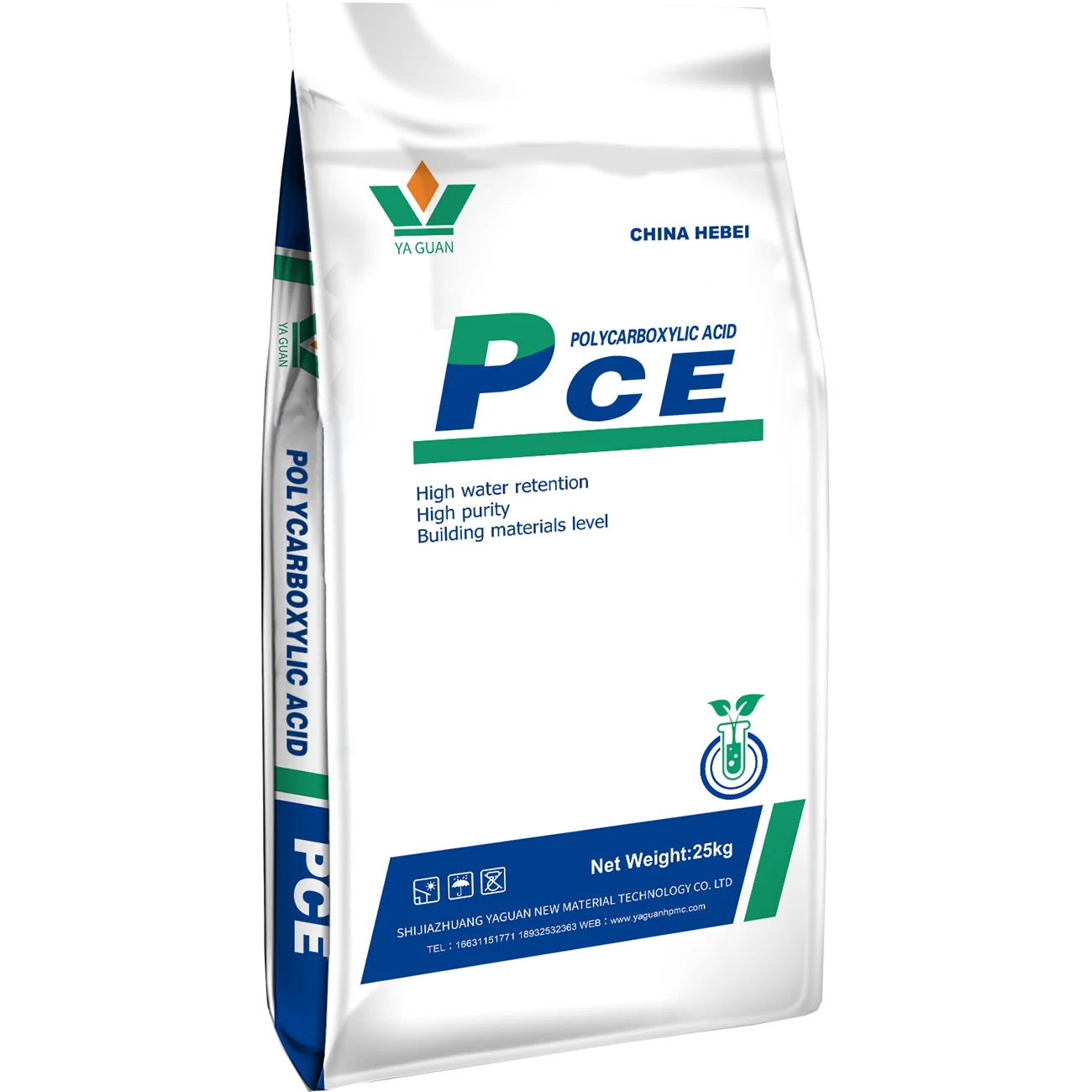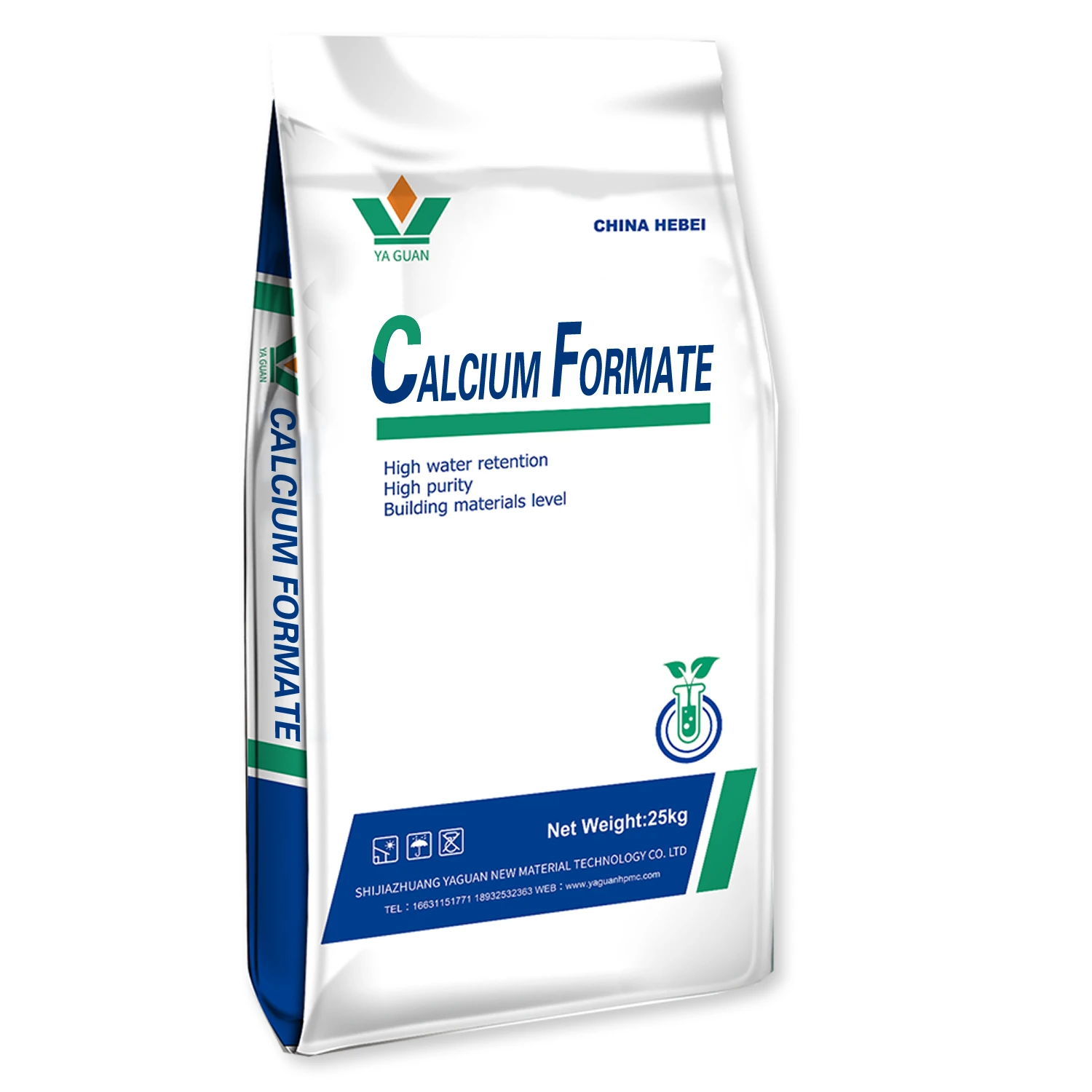
In the food industry, HPMC functions as an excellent thickener. It can be added to a wide variety of food products, such as sauces, soups, and salad dressings. When incorporated, HPMC interacts with water molecules in the food matrix. Its long - chain structure forms a network, increasing the viscosity of the product. This not only gives the food a more appealing texture but also helps in preventing ingredient separation. For example, in chocolate milk, HPMC ensures that the cocoa particles remain evenly dispersed, providing a consistent taste in every sip. Moreover, HPMC is non - toxic and safe for consumption, making it a preferred choice for food manufacturers aiming for high - quality and stable products.
In the pharmaceutical field, HPMC serves as a reliable binder in tablet manufacturing. Tablets consist of active pharmaceutical ingredients (APIs) and various excipients. HPMC binds these components together, ensuring the integrity of the tablet during production, storage, and handling. It forms a cohesive matrix that holds the tablet's shape. Additionally, HPMC can be formulated to control the release of the API. By adjusting its concentration and properties, manufacturers can design tablets with immediate - release, sustained - release, or controlled - release profiles. This is crucial for optimizing drug delivery and enhancing patient compliance. In conclusion, HPMC's contributions to food and pharmaceuticals are significant, enhancing product quality and functionality in both sectors.
Our Partners
Shijiazhuang Yaguan New Material Technology Co., Ltd. är ett företag inom industri och handel med djupgående styrka inom forskning, utveckling, produktion, försäljning och service av fibereterprodukter.



